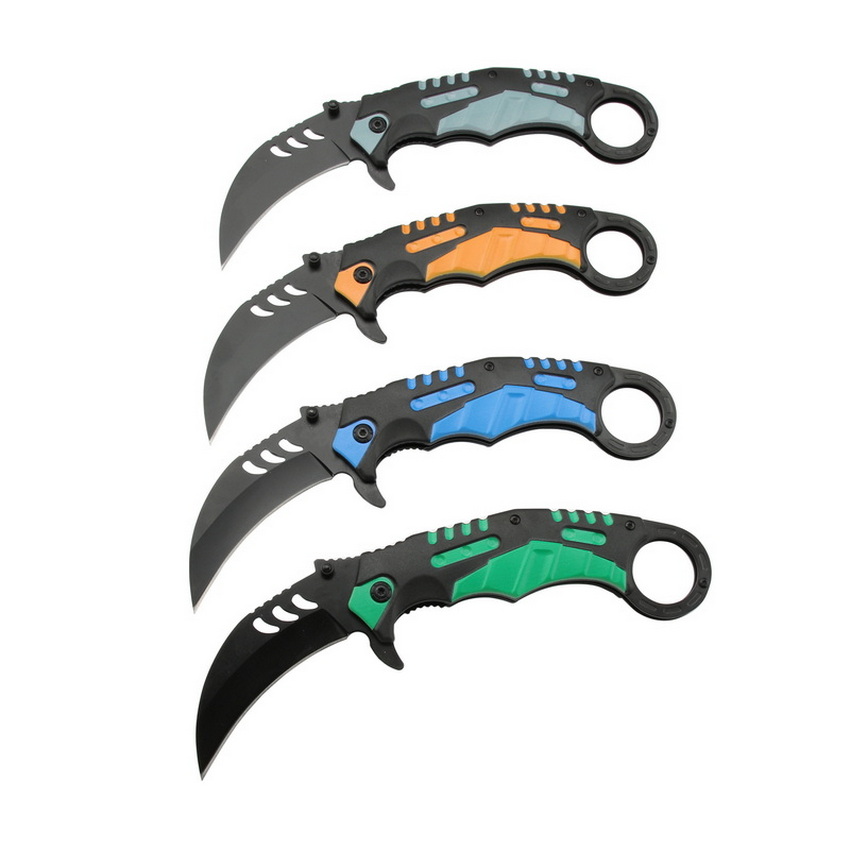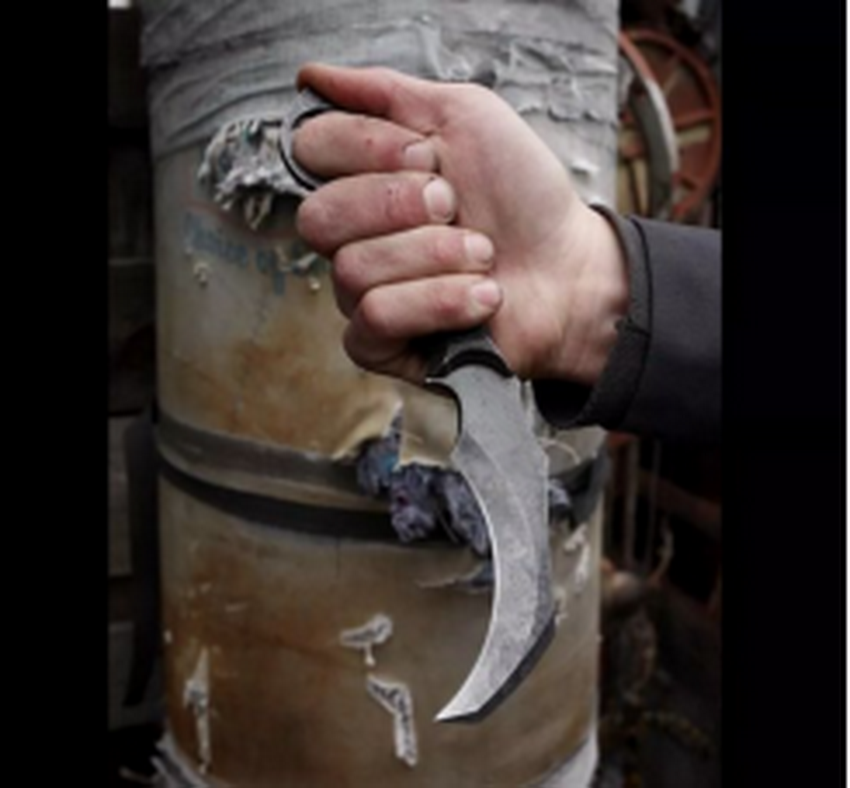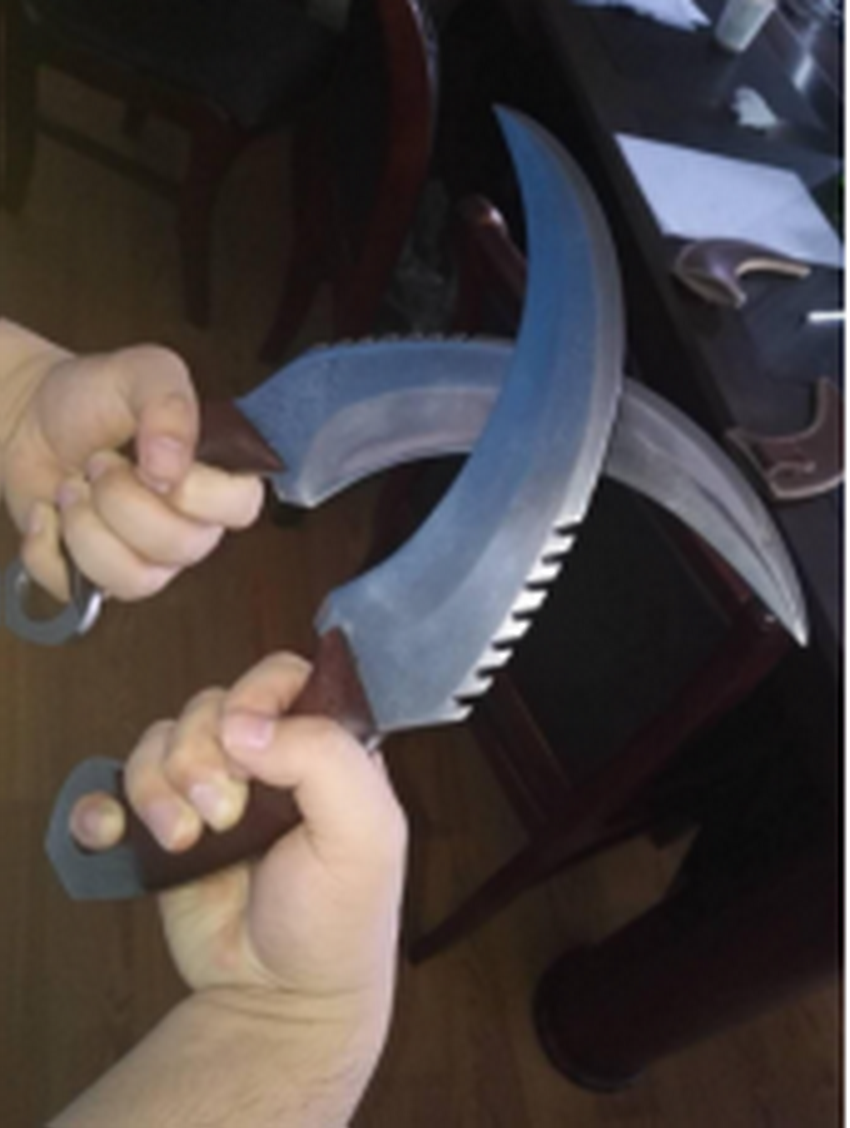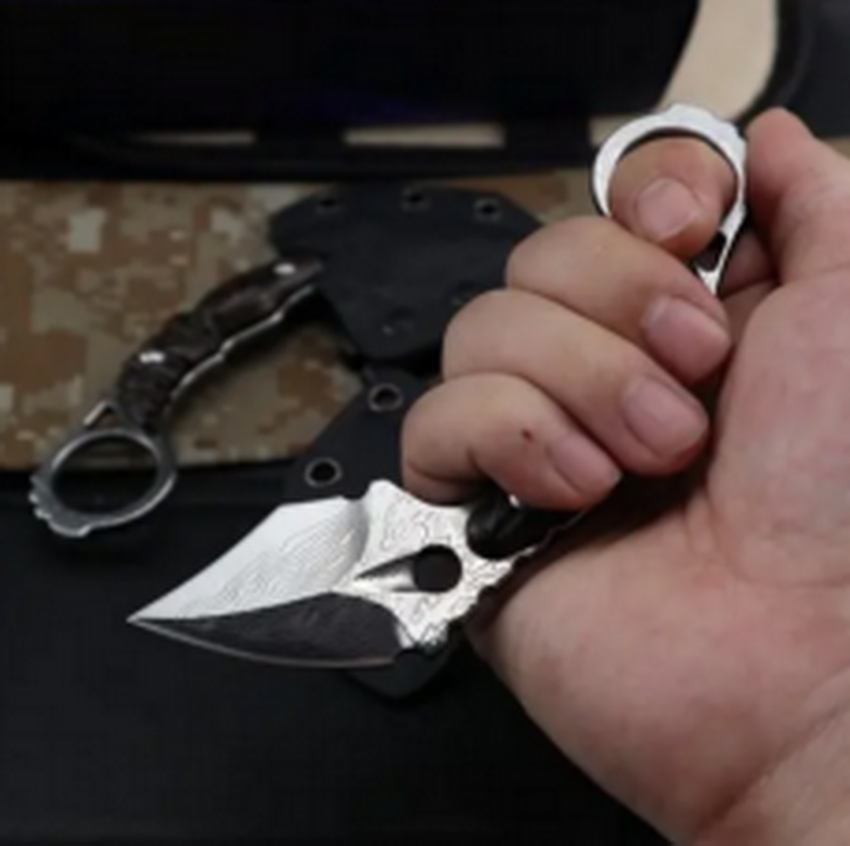![]() Windy
Windy
 WeChat
WeChat
 WhatsApp
WhatsApp
Click:472 seen
Some claw knife veteran players, the knife in the hand rotation, flying, like a dancer, the blade seems to be hypnotized by the player, in circles in the fingers, so that the viewer is amazed, fascinated, hard to stay away. Part of the charm comes from the user's own actions, but the other part comes directly from the intricate motions of the claw knife. Due to the unique design of the claw knife, experienced players can vary their grip on the blade and freely control it from one position to the next depending on the function required at the time. Inexperienced people often laugh at and despise the claw knife, thinking that the claw knife's grip switch is just a flashy and cool action, some small tricks, think claw knife in practice is not useful. In fact, the real role of the claw knife is as a portable practical tool, if there is no real understanding of the main functions and additional functions of the claw knife design, it can not be casually despised. No other cutting tool in the world offers the flexibility of a claw knife. There are only two ways to grip a straight knife: a forward grip or a reverse grip. In contrast, the claw knife has three common grip options, with variations in each grip. The optimal grip mode of each claw knife provides different degrees of grip safety for each user, and each claw knife handle provides different degrees of grip safety, range, and controllability. When trying to grasp a claw knife, you need to know the characteristics of the blade to use it.

Method 1: Reverse grip
The reverse grip is the most common and widely recognized grip, and most claw knife users use it a lot of the time. Reverse grip is suitable for claw knife tactics and combat. Place your right hand so that the palm is flat. Place the Kalam in the palm of your hand with the spine facing your body and move it to the right with the tip facing your body. Slide your index finger into the safety ring and use your fingers to place them around the handle to prevent it from holding backwards. Variation: Keep the claw knife in the same direction with different fingers placed on the safety ring for greater force. The fewer fingers on the handle, the less stability and strength the user has.

Method two: front grip
The forward grip is the second most common claw knife grip. The forward grip is most suitable for household chores, piecemeal work, daily use, practical functions and tasks requiring special control precision. Place your hand so that the palm is flat. Place the Kalam in the palm of your hand with the spine facing your body, circling to the left with the tip facing your body. Place your tail finger into the safety ring and close your finger around the handle to hold the Kalam jam forward. Variation: Instead of combining the thumb and fingers into a fist while gripping, place the thumb on the back of the claw knife for a more stable and accurate cut. When very fine motor control is required, attention should be paid to detail and the way of holding.

Method 3:
The extension grip is the result of holding the claw knife with the reverse grip vertically in a counterclockwise fashion, securing the ring hole of the blade to the index finger so that it lands on the back of the user's hand as it falls.
This grip has many disadvantages, so it is rarely used, however, in combat, when a distance is required or upward force needs to be utilized, its advantages come to the surface. It can catch something out of range at work, outdoors, or during a utility. Hold your claw knife in reverse position and rotate the blade between your index finger until it comes to rest naturally on the back of your finger. Grip through the fingers inside the safety ring to provide additional stability.

Other ways of holding
There are only 3 common ways to hold a claw knife, but there are several special or less encountered claw knife grips, if you find unique ways, or unfamiliar ways to hold a claw knife. And those methods, as long as they are safe for the user and have some utility and functionality, can continue to be used that way. The only way to grip a claw knife "wrong" is to be dangerous to the user. Due to the Angle of the claw knife, use caution unless you are trained and have a lot of practice.
